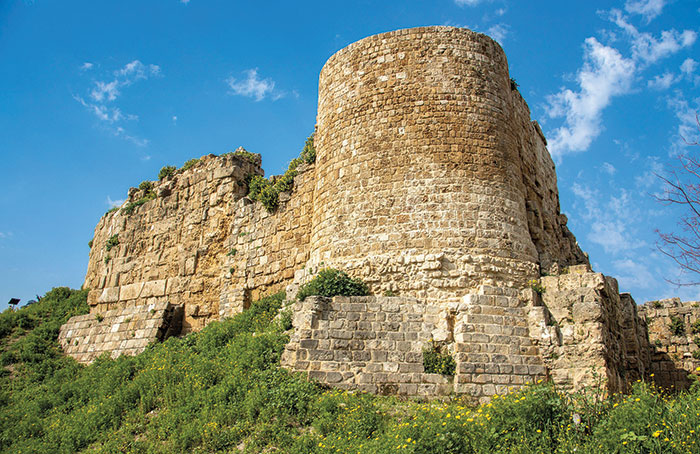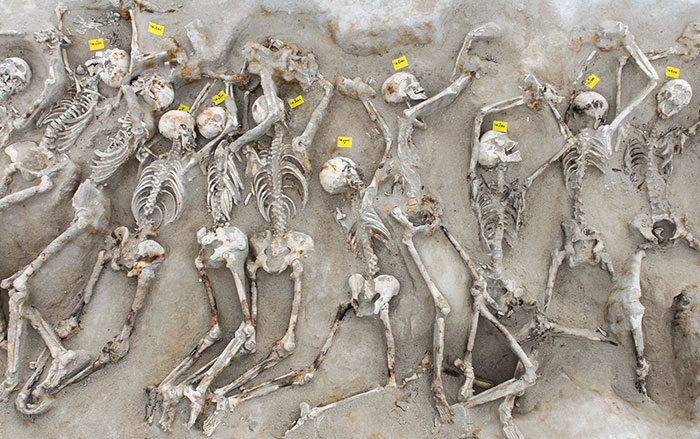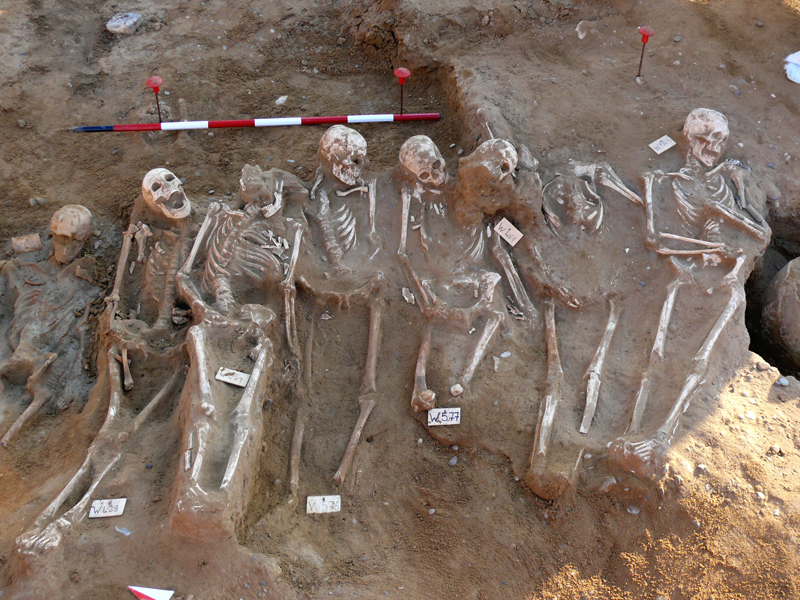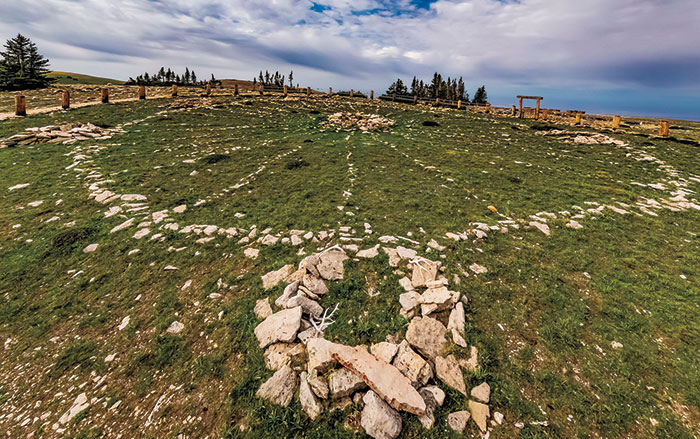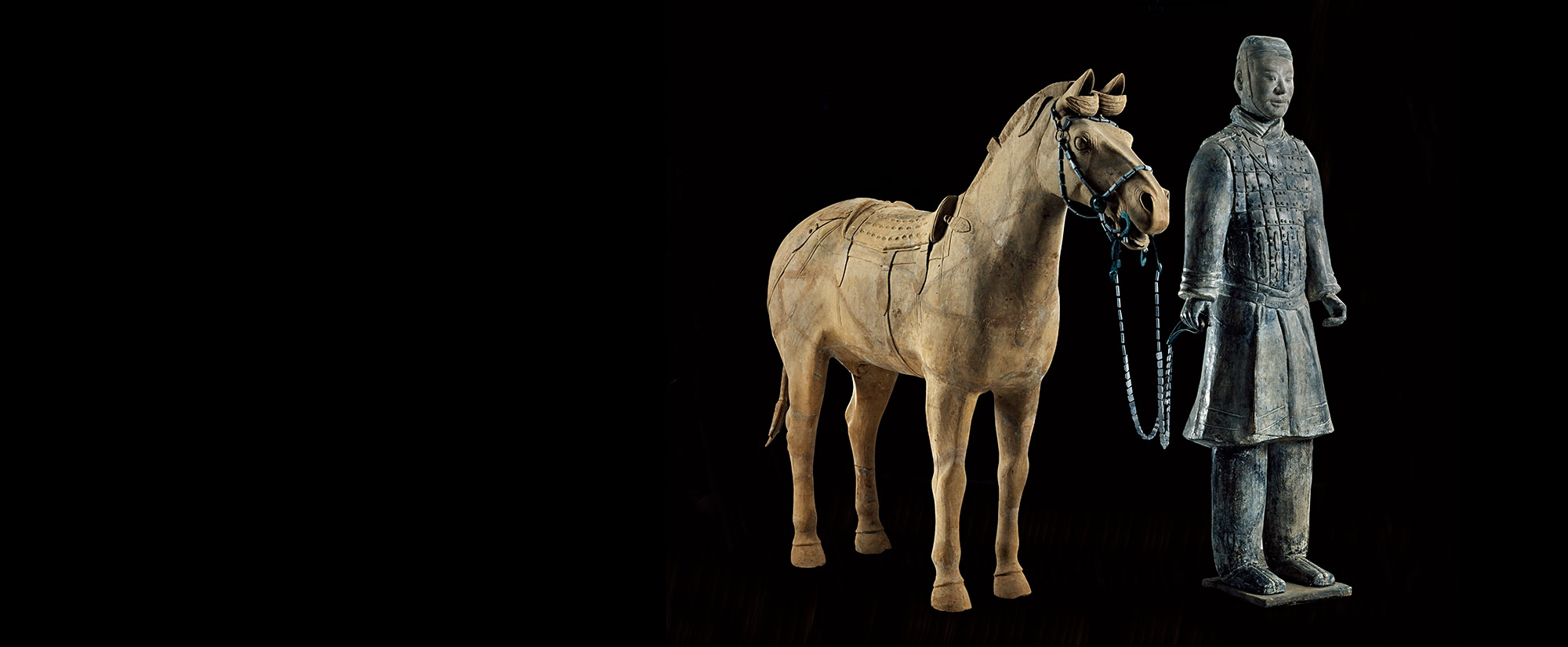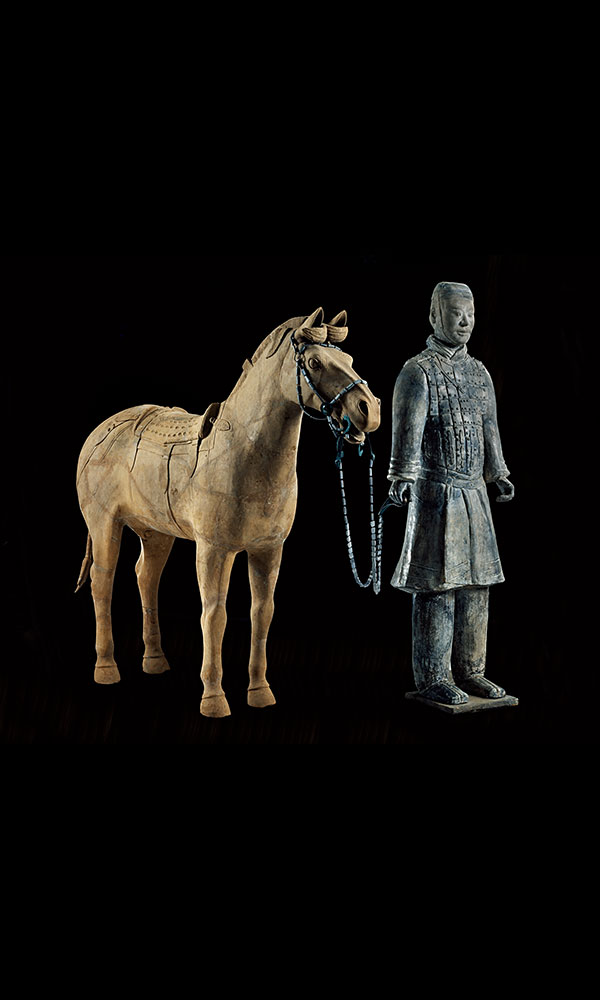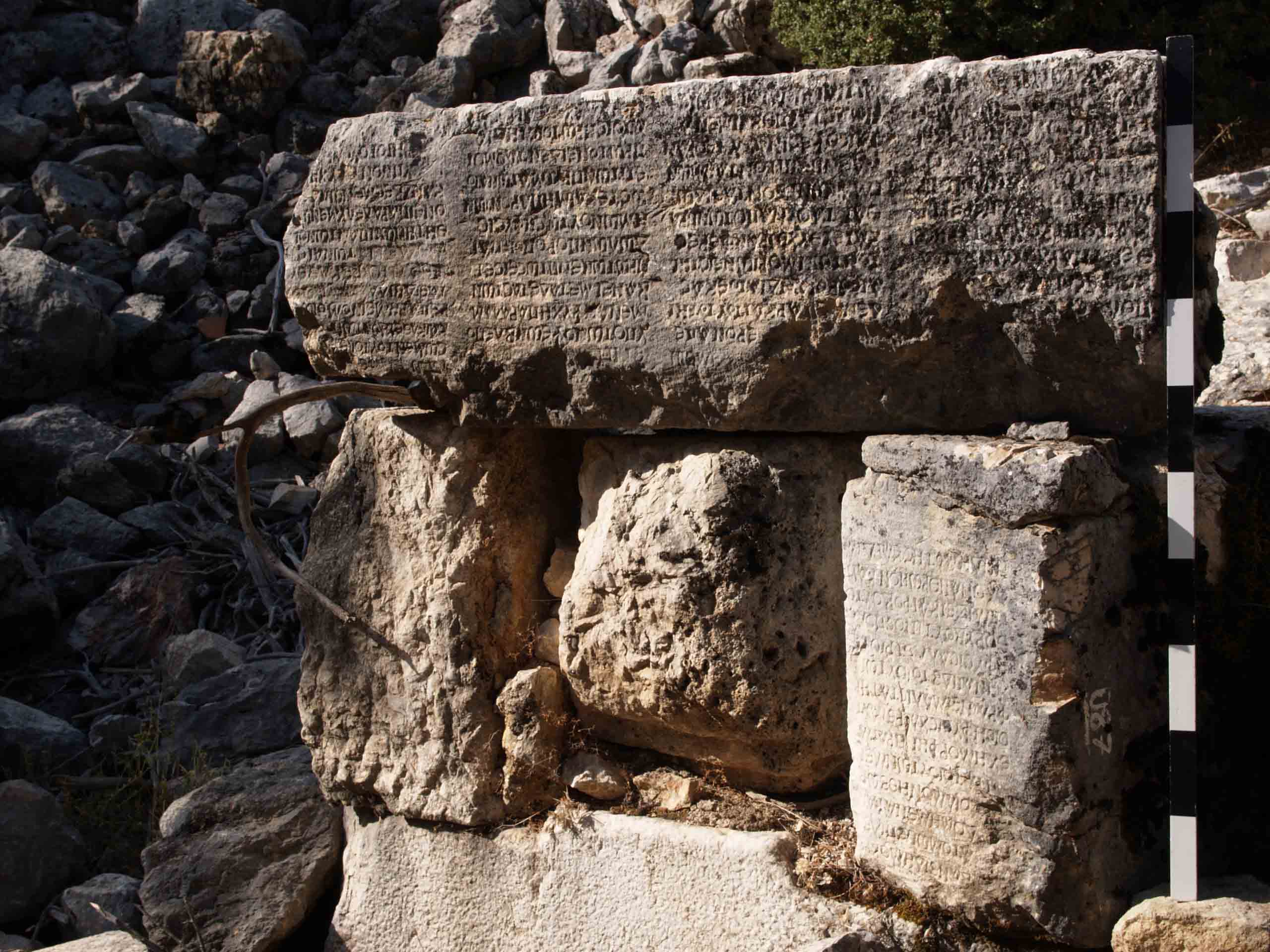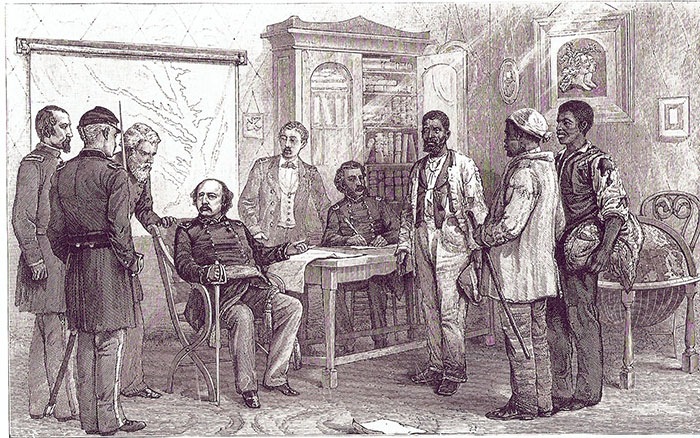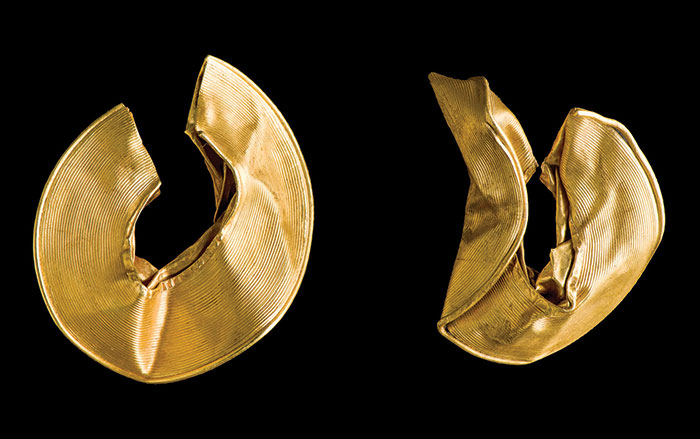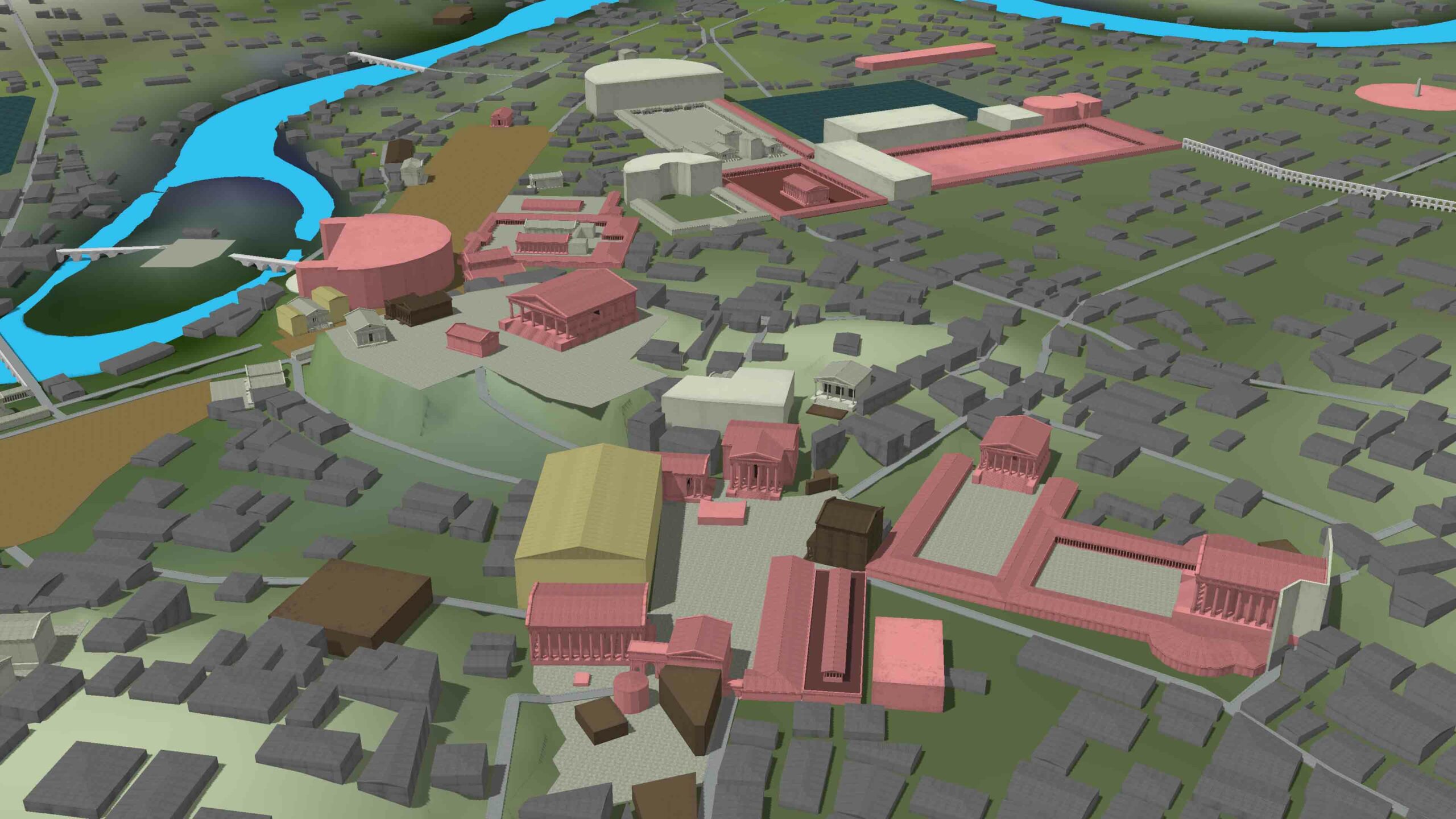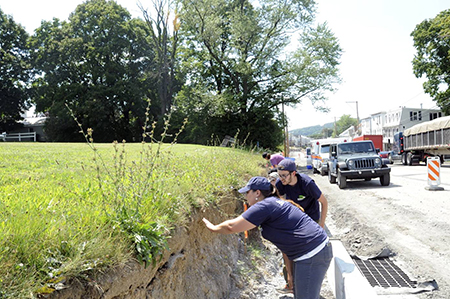
SCHUYLKILL HAVEN, PENNSYLVANIA—A team of forensic archaeologists from Mercyhurst University has removed bones from a Pennsylvania highway embankment that may be the remains of people killed in the Spanish flu epidemic of 1918. The bones were revealed by road construction work in Schuylkill Haven, around 90 miles northwest of Philadelphia. The site is thought to have been the former home of a poorhouse, which was rumored to have been the site of a mass grave, according to Reuters. The bodies appeared to have been buried without coffins, as was common during the epidemic, which killed tens of millions of people around the world. From the embankment, the Mercyhurst University team collected bones belonging to four different people, which will be subjected to medical examination. “We took only the remains that were exposed on the embankment where the road crew was working, but we saw evidence of much more,” said Alexandra R. Klales of Mercyhurst University in a press release. “It is our impression that the site will require a full archaeological excavation.” To read about a recently discovered mass grave in Paris, go to “A Parisian Plague.”


